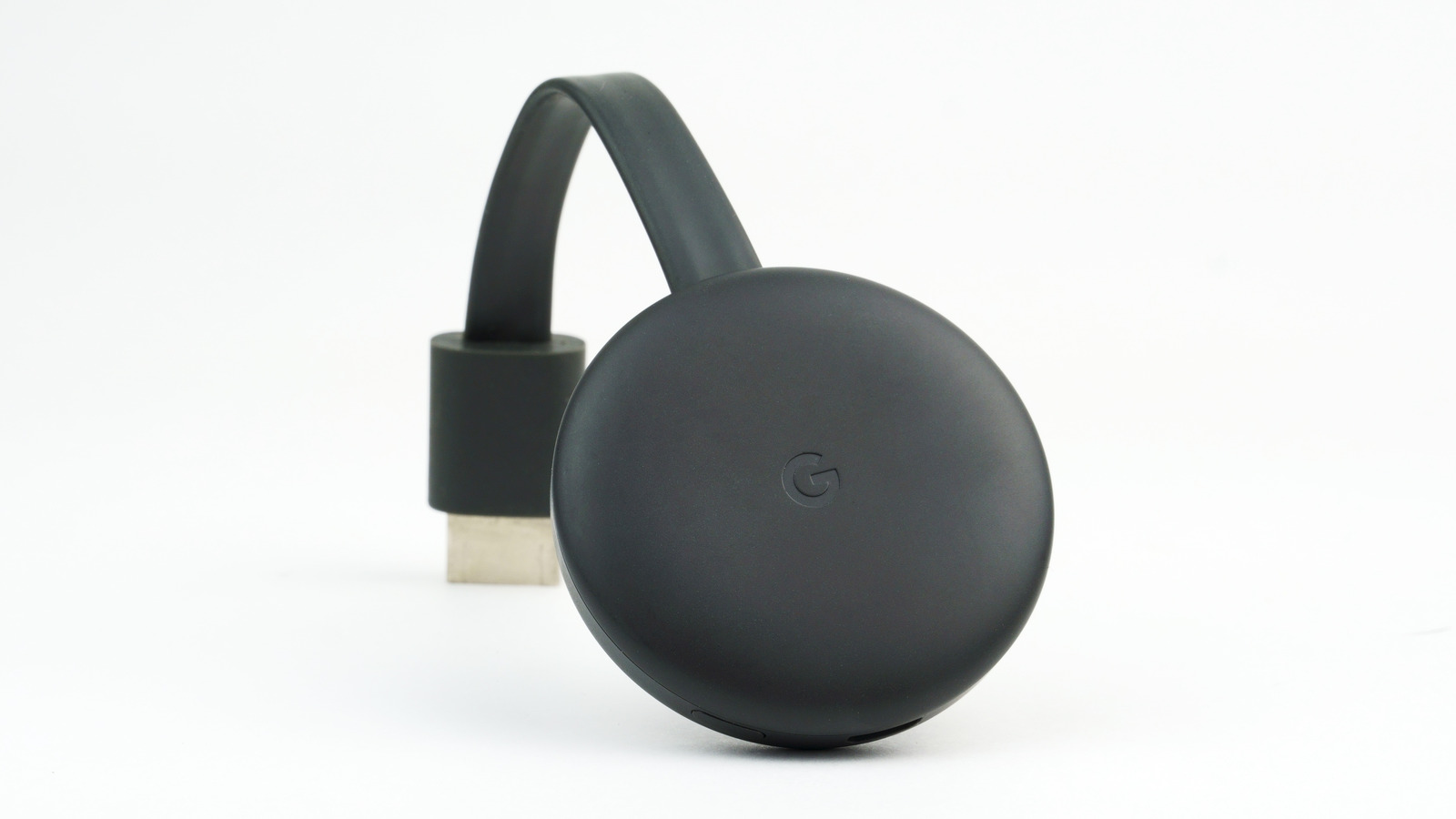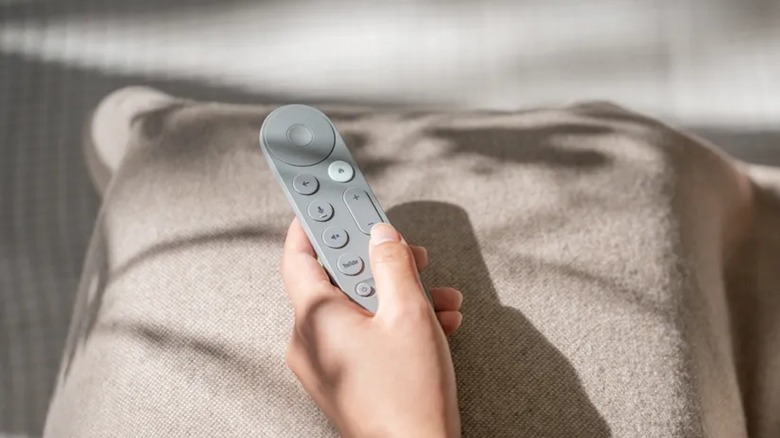Well, it’s decided. The Google Chromecast is officially being retired after an 11-year run. Add another one to the pile of discontinued products most of its customers aren’t particularly pleased to see go.
Advertisement
Chromecast has been one of several popular choices when it comes to dedicated streaming devices — right up there with Amazon Fire TV and Roku streaming sticks. So why would Google want to get rid of it? Well, it’s kind of not. Technically the Chromecast is going bye-bye, but Google is definitely not stepping away from media streaming.
According to Google, the reasoning behind Chromecast being retired is a relatively simple one: It’s being replaced, specifically with the Google TV Streamer. The company claims it to be a “faster, more premium” 4K streaming device. So it’s really more like an upgrade. You’ll still be able to stream a plethora of services through a tiny device plugged into your TV. It just won’t be a Chromecast technically.
Advertisement
But why the goodbye?
At first glance, the specs between the two don’t look all that different. Both use Android TV OS and support up to 4K HDR video at 60 fps – provided you’re looking at the 4K Chromecast, that is. Dolby Vision, HDR10, HDR10+, and HLG video formats are compatible with both models, as are Dolby Atmos, Dolby Digital, and Dolby Digital Plus audio formats.
Advertisement
About the only difference between them (aside from the roughly $50 more you’ll pay for Google TV Streamer) is the internal memory, with the 4K Chromecast offering 2 GB of RAM and 8 GB of storage versus the Streamer’s 4 GB of RAM and 32 GB of storage — and an ethernet port.
It’s a combination that Google believes will provide smoother control, faster app loading and switching, and potentially speedier streaming (if you use the physical ethernet connection). Plus it can link up with other Google Home and Matter smart home devices to act as a kind of central hub. At least for the time being, the Chromecast will continue to be available as an option “with continued software and security updates to the latest devices.”
Advertisement


